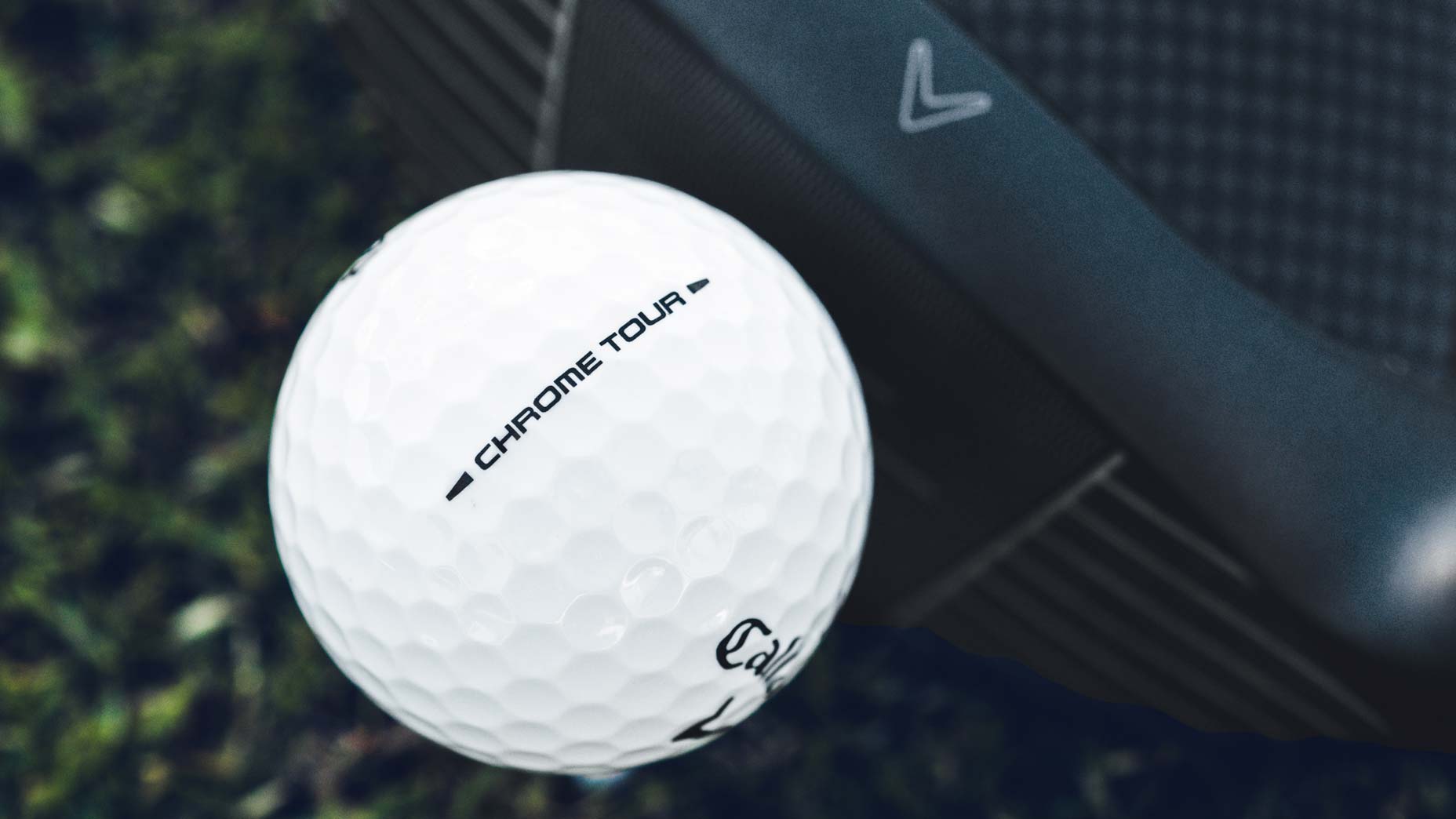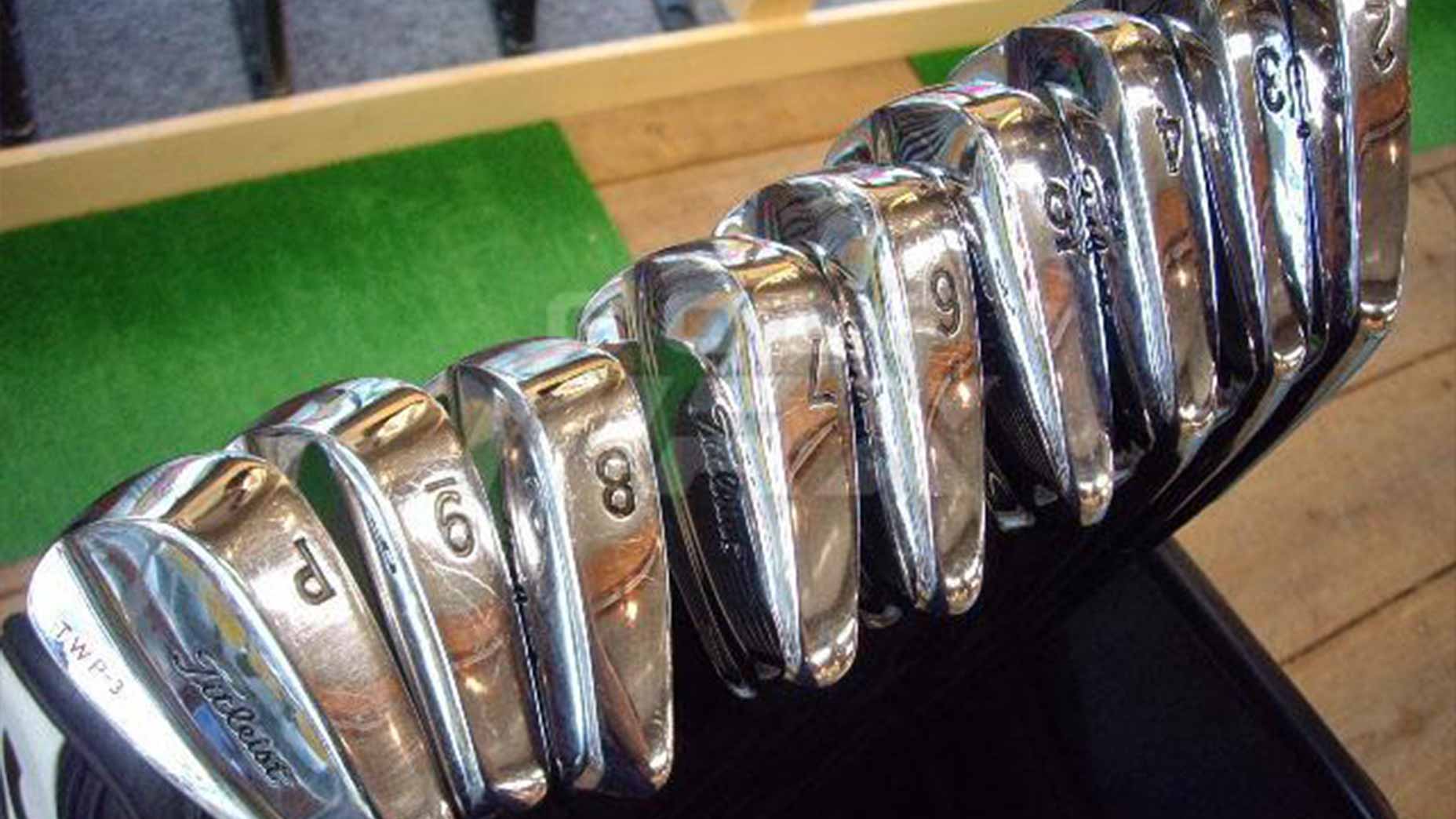Go to the range at your local public course and there’s a good chance you’ll find a plethora of yellow golf balls. The range serves a purpose for golfers who need to knock off the rust before a round or simply have time to kill on a Friday afternoon. This is where you go to find some answers in the dirt. Just don’t expect those answers to help you determine if Club A is better than Club B in a head-to-head testing competition.
On the latest episode of GOLF’s Fully Equipped podcast, the crew discussed the role range balls play in the practice experience. Yes, they can help you work on tempo, groove your swing and improve turf interaction. These are important aspects of the swing that can take your game to the next level.
Where range balls fall short is in overall consistency, which is why they shouldn’t be used to vet new clubs or conduct thorough testing on the range. During testing conducted with Golf Laboratories’ swing robot, the results revealed a vast gap in carry distance from one range ball to the next when compared to a premium, multi-layer offering.
With the driver, there was a 12-yard drop-off in distance at 95 and 105 mph with the range ball compared to a premium version. The range ball also had double the lateral dispersion with the driver — a number that also reinforces why you should never rely on a worn range ball if you’re running low on pellets during a round.
Even more stunning? The 12-yard drop-off in distance was an average of the 10 shots struck by the robot. In some instances, the carry distance loss from one range ball to the next was 25 yards. For others, it was a tight 2 or 3 yards.
“The deviation was triple to quadruple what it was with the premium ball,” Parente said. “The robot is hitting it perfectly straight each time, so it’s the golf ball that’s the problem.”
A similar situation played out with the 5-iron, where the range ball was 8 yards shorter but also had a range four times larger than the premium ball, meaning there was a wider distance band. With the pitching wedge, the range ball wound up being 4 yards longer than the premium due to a significant downturn in spin — the range ball spin rate was half that of the premium ball — that resulted in a lower launch and more distance.
The thick surlyn cover and rubber core found on most range balls don’t hold a candle to the multi-layer construction found on premium offerings. The production tolerances are noticeably wider on a range ball, which matches up with the inconsistent launch and spin results seen from ball to ball on the robot.
Unless your range has access to premium urethane golf balls, it’s time to stop pouring over the yardages during a range testing session. Putting any weight into how a club performs with a yellow range ball is a fool’s errand. If you need to conduct serious club work, seek out a certified club-fitter and test with your golf ball of choice.
Want to overhaul your bag for 2024? Find a fitting location near you at True Spec Golf.









